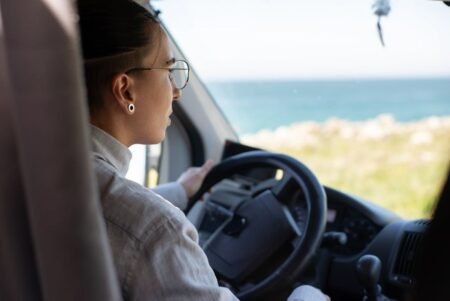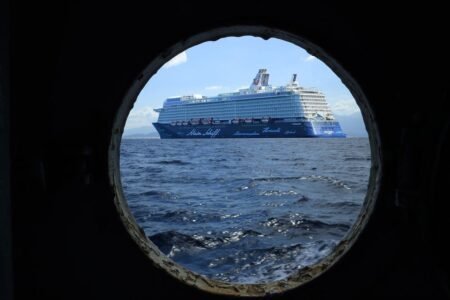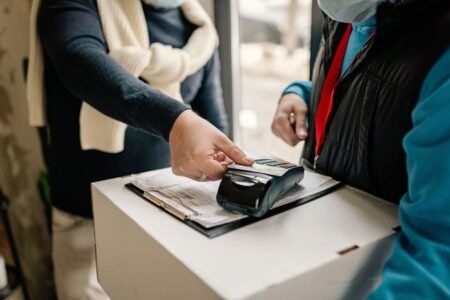The European Commission selected on 4 March 43 major energy projects, which will significantly contribute to the economic recovery in the EU, while increasing our security of energy supply by creating cross-border infrastructure. With today’s decision, the Commission grants 2.3 billion to 31 gas and 12 electricity projects. This is the second financial decision under the Economic Recovery Package which amounts to almost 4 billion Euros. It is the largest amount the EU has ever spent on energy infrastructure.
Advertisement
What is the decision all about?
With the decision taken today, the EU Commission finances 12 projects in the electricity sector, and 31 in the gas sector (including 14 reverse flow projects and 2 Liquid Natural Gas terminals) amounting in total to 2.3 billion. We do not pay the full amount of the project but only up to 50% of its total costs. In many cases, the amount we give is the decisive amount missing for the project to start off. In most cases we contribute to specific actions or sub-actions mainly dealing with the conduct of technical studies, the ordering and supply of pipes or cables, of compressors or transformers, and with the financing of construction works or other interventions linked to environmental protection.
Why do you spend this money on infrastructure?
In 2008, the European economy faced a sharp downturn resulting from the financial crisis. Extraordinary and immediate efforts were needed to counter this serious and unprecedented economic situation. Part of the Economic Recovery Plan is to increase Union spending in defined strategic sectors energy infrastructure, offshore wind and carbon capture and storage which contribute to the EU meeting its ambitious energy and climate objectives, in addition to stimulating economy and safeguarding jobs. For this the EU set aside Euro 3,98 billion. In December 2009, the EU granted Euro 1,5 billion to offshore-wind-projects and projects in the field of CO2 Capture and Storage. Today’s decision is the second financial decision amounting to Euro 2,3 billion.
To secure affordable, reliable and sustainable energy supplies over coming years and decades, the EU faces the urgent task of modernising, expanding, renewing and inter-connecting Europe’s energy infrastructure. Generally, the EU energy system lacks diversity, flexibility and resilience to a crisis, such as occurred in January 2009. Member States, particularly in Eastern Europe and on the edges of the EU, need to be better connected to the rest of the EU.
How should these projects increase security of supply?
The gas crisis in January 2009 revealed the shortcomings of the European gas network. Citizens in South-Eastern Europe shivered while gas remained plentiful in places such as the UK and the Netherlands. The reason is that we lack to a large extent connections between national gas infrastructures which were designed largely along national lines. In addition, most big transit pipelines in Europe were designed to push gas one way: from East to West. The same can be said for the electricity grid. The new trans-Pyrenean interconnection will help France in case of overloads (for example during hot summers), or in difficult conditions (as it was recently the case with the disruption caused by the Klaus tempest).
Can you give three examples and how they make lives better for citizens?
a. A stepping-stone in this initiative is the creation of a real cross-border hub, including two corridors, between France and Spain. With this investment, much more gas can be transported from Spain to France and vice-versa. It will enable to convey energy from Spain to France and beyond to other European Member States. As this gas originates from North Africa, it helps diversifying gas supply in Europe. It will also help Spain exporting its surplus wind production in the months of high winds or solar energy also from Africa in the future. Energy from wind or solar energy can not be stored.
b. Similarly, the extension of the gas infrastructure related to the “Poland Germany interconnector” will enable the transport of additional gas volumes from the Germany to the Poland at the Lasów node, in case of supply disruption in Eastern Europe, by increasing the capacity. This project of reverse flow will highly contribute to the security of supply this means that gas can now flow in two directions.
c. The implementation of the Tranovice – Cieszyn – Skoczow pipeline project will allow for bidirectional gas flow between Poland and the Czech Republic. It is ensuring first direct connection between these networks and thus improving market integration in the region. The new gas pipeline will allow for a more secure natural gas supply of the citizens in the Polish region of Silezia, the Czech Republic, eliminating the negative impacts caused by the temporary supply cuts during the last years.
How did you select these projects?
When selecting the projects the Commission has taken into account multiple criteria that in particular refer to their achievement in having reached a reasonable degree of maturity, and contributing to:
- Security and diversification of sources of energy and supplies;
- Optimisation of the capacity of the network and the integration of the internal energy market, in particular concerning cross-border sections;
- Development of the network to strengthen economic and social cohesion by reducing the isolation of the less-favoured and island regions of the Community;
- Connection of renewable energy resources ;
- Safety, reliability and interoperability of interconnected networks; and
- Solidarity between Member States.
Who is running the projects?
The projects will be implemented by the project promoters who are in all cases by public or private undertakings who control the energy network. Member States will have a primary role of monitoring the work progress and approving the expenditure statements as the work will be progressing.
Nabucco? Why and what are you financing exactly?
Nabucco is a priority for the EU. Together with the other projects of the Southern Corridor, it is strategically important for improving Europe’s security of supply. It has the highest potential to open up the new gas supplies in the Caspian Sea region and in the Middle East. The support can help substantially in accelerating this project. It should help to get the project off the ground and encourage the sponsors to take Final Investment Decision by the end of 2010 and start the construction by the end of 2011. It is an important political but also economic stimulus for the project.
The sponsors are very actively, and with success, working with the gas producers in the Caspian and Middle East regions to ensure that there will be enough gas to underpin the investment. It should be stressed that the gas is there and selling it to Europe is of strategic importance to both Azerbaijan and Turkmenistan. Europe in turn is highly interested in buying that gas and further diversifying its gas supply sources. Nabucco provides the solution needed by both, Europe and the regions rich in gas.
The Southern Corridor which includes Nabucco also includes the Italy-Greece-Turkey (so called Poseidon) project which receives Euro 100 Million today and some other smaller projects, in addition to Nabucco.
The overall package is EUR 4 billion. Is that enough?
The 4 billion euro invested in energy infrastructure, off-shore wind and carbon capture and storage projects will leverage considerable amounts of private funding in a difficult economic situation.
For the interconnections alone, the 2.3 billion that the Commission has decided today, will leverage total investments national and private worth some 22 billion in the coming 35 years. The leverage effect is thus 10-fold.
It will make the implementation possible and will accelerate the delivery of projects that cannot currently advance due to funding limitations, particularly severe under the current economic circumstances. Without the Recovery Plan support many, if not all, of the projects would face serious delays because of lower demand and difficult access to finance. market financing opportunities for projects.
Source: European Commission







